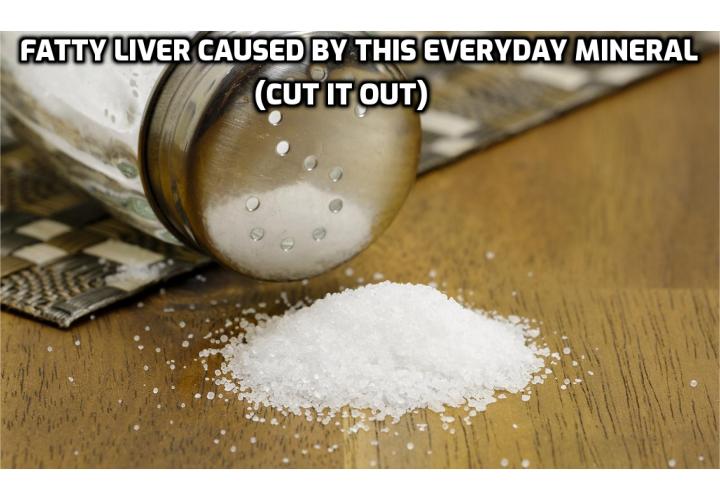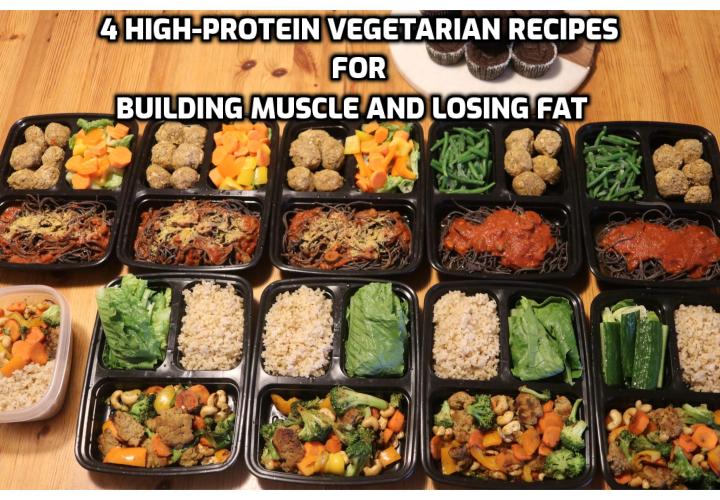Clean
Out Your Fatty Liver for Good - Non-Alcoholic Fatty Liver Cured with This
Protein
Almost
one quarter of all adults suffer from some degree of non-alcoholic fatty liver. This can be
fatal if left untreated.
25
percent is huge, which is why it’s imperative we get to the bottom of it and
find out why.
A
study in the latest edition of the journal Cell Reports offers a simple solution.
Non-fatty liver disease happens when our
bodies don’t metabolize enough fat and all the excess fat is stored in our livers.
SIRT6
is a protein and has been found to be involved in metabolic and other
fat-related conditions like obesity, insulin resistance, and inflammation, so a team of Israeli
researchers decided to find out whether it contributed to fatty liver disease as well.
Researchers
examined the livers of mice with and without fatty livers and with and without active
SIRT6 proteins to try to discover whether it contributed to fatty liver disease and to establish the
mechanism through which SIRT6 contributes to this condition.
Their
suspicions were right – mice that had active SIRT6 protein were less likely to
have fatty livers.
They
also noticed that SIRT6 activated another protein called peroxisome
proliferator-activated receptor alpha (PPAR-alpha). PPAR-alpha promotes the burning of fat in our livers.
Therefore,
the cooperation between PPAR-alpha and SIRT6 tells your body to burn fat so that it can either be used as
energy or excreted.
When
they compared mice during different metabolic stages, such as starvation,
overeating, and normal dieting, they ascertained that mice with active SIRT6
proteins also helped to burn fat in tissue outside the liver.
Unfortunately,
we do not yet know how to modify the activity levels of our SIRT6 proteins.
They are normally activated by genes.
So,
since we obviously do not want to genetically engineer humans to have higher
SIRT6 activity, we need to find another solution.
Clean
Out Your Fatty Liver for Good - How Fatty Liver Disease Stops You from
Exercising (and what to do about it)
A
whopping 80 percent of all obese adults also suffer from non-fatty
liver disease.
While
it might be easy to tell them to get off the couch and exercise, a new study
published in the journal Clinical
Gastroenterology and Hepatology it’s not as easy as it sounds.
If
you are obese and you are sick of hearing that you need to exercise to lose weight, you might be in good company.
Actually,
you might even have a legitimate excuse not to work out – you are too tired!
OK,
so it’s not usually a great excuse, but according to a research team from
Western Australia’s Edith Cowan University your tiredness could be down to you
having this one mineral deficiency, which is available in many common foods as
well as supplements.
The
team looked at previous research that showed people with an iron deficiency
were physically less capable of exercising than people with enough iron. Iron
is essential for many reasons – in this case, it helps convert food to energy.
The
scientists wondered whether this could explain the exhaustion reported by obese
people and by those with fatty liver disease when doctors told them to
exercise.
They
collected information regarding physical work capacity, fatty livers, iron
bioavailability, and other metabolic measurements from 390 female and 458 male
subjects.
Consistent
with their hypothesis, they found that their subjects had enough iron, but that
the bodies of those with fatty liver disease simply could not use this iron to
help with energy production because it never reached their blood streams in
sufficient amounts. The adolescents with healthy livers had no such problem.
They
concluded that non-alcoholic fatty liver disease somehow impedes our bodies’
ability to make this iron available.
This
scientific explanation doesn’t give people with fatty liver disease even more
of an excuse to stay in and not exercise. Regardless of their tiredness, they
should still try to be more active and eat healthy diets to combat liver
disease.
Clean
Out Your Fatty Liver for Good - Fatty Liver Caused by This Everyday Mineral
(cut it out)
Non-alcoholic
fatty liver disease (NAFLD) is on a steep rise, and it doesn’t seem to be
slowing down.
Which
makes it clear it’s caused by something we’re doing differently now than what
was done 20-30 years ago.
A
new study in the Journal
of Clinical Medicine now reveals that this something is a
common mineral that most people consume on a daily basis.
A
team from the University of Groningen in the Netherlands analyzed previously
collected data of 6,132 subjects.
Firstly,
they looked at results of sodium urine tests that were carried out periodically
for 48 hours over two consecutive 24-hour periods. From this, they were able to
analyze the subject’s sodium intake.
They
also used the Fatty Liver Index and Hepatic Steatosis Index for reference. 31.6
percent of the participants had a score of 60 or higher on the Fatty Liver
Index.
People
with scores higher than 60 were more likely to have metabolic syndrome, diabetes, high blood pressure, and a history of cardiovascular disease.
They
also had higher amounts of sodium in their urine at 163.63 Mmol (millimoles)
per 24 hours versus the 136.76 Mmol in people whose fatty liver index scores
were below 60.
And
people with non-alcoholic liver disease were 54 percent more likely to be high
sodium consumers compared to those with healthy livers.
So
why do people who consume a lot of sodium have this fatty liver risk?
Two
words – insulin resistance!
Sodium
is hard to avoid these days, and it exists in so many manufactured foods to
preserve shelf life. Therefore, it’s best to stick to fresh organic foods and
avoid foods such as canned items, deli meats, bottled sauces, and pre-prepared
meals.
The
Institute of Medicine recommends that adults consume 1.5 grams of salt per day.
Very active athletes or outdoor workers who lose a lot of salt through sweat
can consume more.
For
more ideas to clean out your fatty liver for good, watch this video - A Surprising Way to Cleanse a Fatty Liver
Cutting out salt helps, but it’s not enough to
reverse NAFLD and clean out your fatty liver for good; to do so, you need to get to the root cause of the problem, which
I will explain here…
This
post is from the Non-Alcoholic Fatty Liver Strategy created by Julissa Clay.
She is well renowned within the natural health industry and has produced many
effective strategies for people looking for healthier ways to improve their
health.
The
Non-Alcoholic Fatty Liver Strategy is your guide to detoxifying and
repairing your liver in four weeks. It’s a 100% safe and natural system that
focuses on detoxing your liver, correcting your
diet and exercises to burn more fat to begin treating non-alcoholic fatty
liver disease.
The
Non-Alcoholic Fatty Liver Strategy is designed for the everyday
person – the person who doesn’t have the time to spend hours at the gym or
cooking up elaborate meals. It’s practical and reasonable, offering a natural
treatment plan that you can continue with moving forward so you can maintain
your new liver health.
To
find out more about this program, go to Clean Out Your Fatty
Liver for Good


